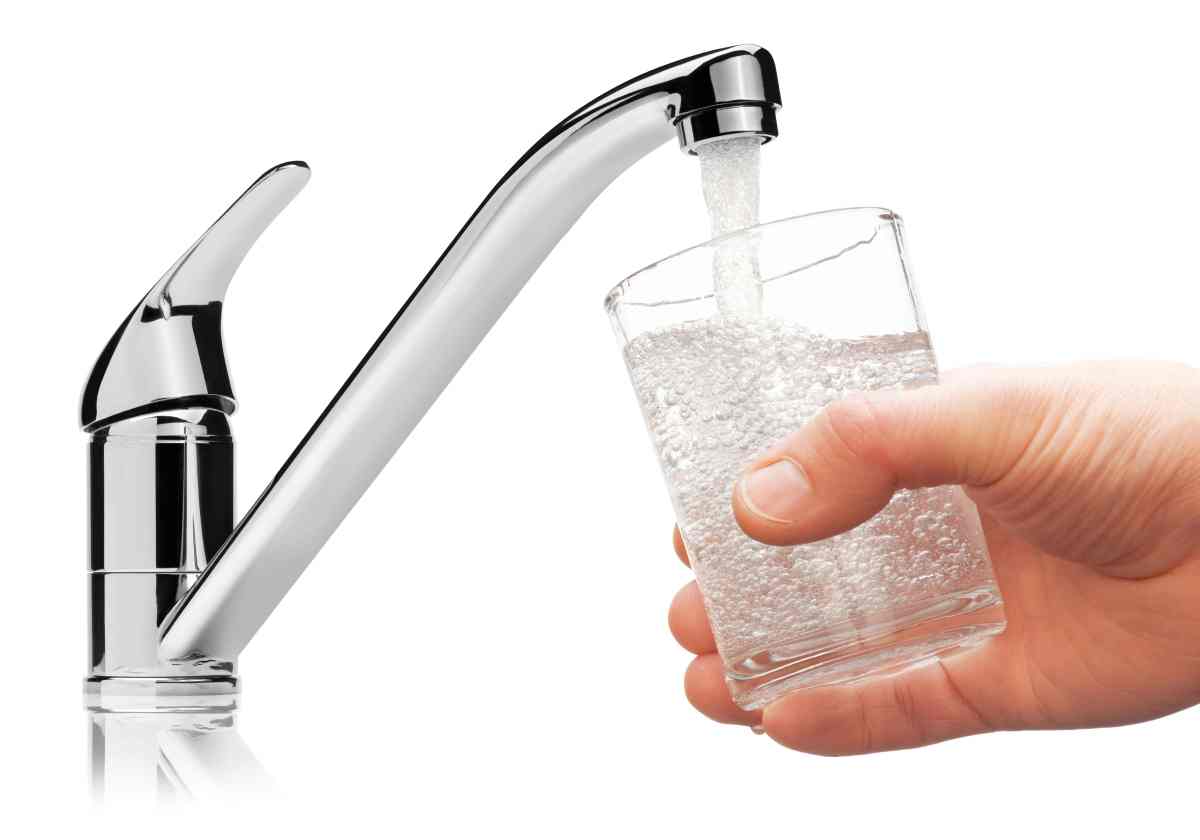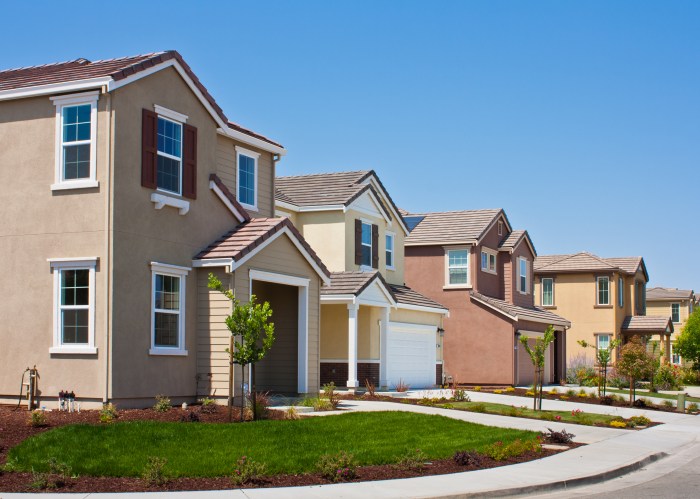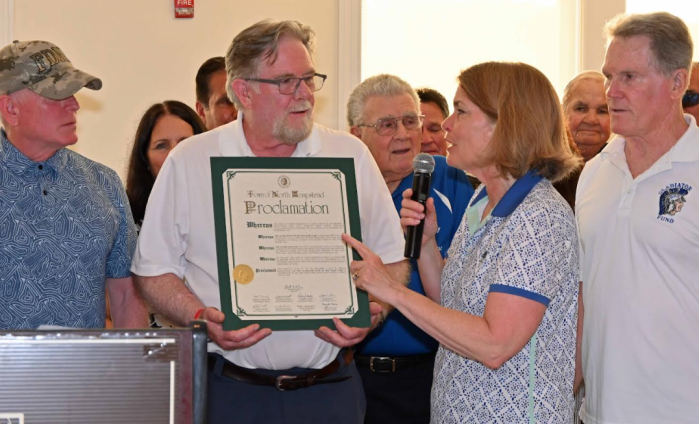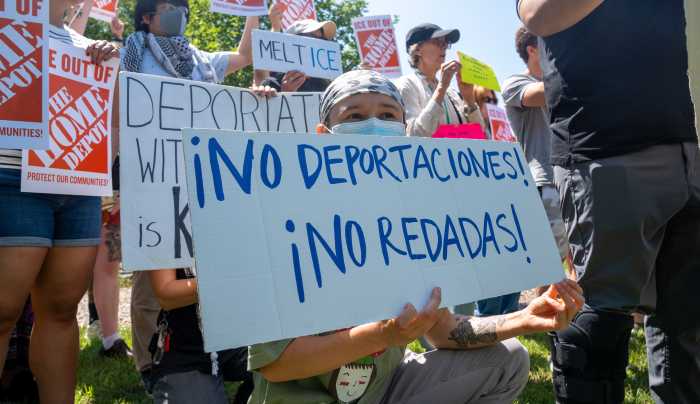In an effort to curb excessive water use and promote conservation, the Suffolk County Water Authority has adopted a tiered rate, charging 15.4 percent more than the standard rate after a customer’s water demand surpasses a certain level.
The new rate structure took effect April 1. The base drinking water charge for all SCWA customers increased from $1.95 per 1,000 gallons to $2.028 per 1,000 gallons. For household consumption in excess of 78,540 gallons per quarter, the rate is now $2.34 per 1,000 gallons.
Additionally, the quarterly basic service charge, which is applied at a flat rate regardless of how much water a household uses, rose from $24.27 to $27.91. That’s an increase of $14.56 per year.
Considering average household usage and the new usage rates, typical SCWA customers who use 160,000 gallons of water per year can expect their total annual water cost to rise $25, or about 6.5 percent, according to the water authority.
According to the utility, tiered systems are used throughout the country, including on Long Island, but this is a first for SCWA. Jeffrey Szabo, the water authority’s CEO, said that there are several reasons why the SCWA board elected to introduce tiers this year.
“Every five years we hire an independent firm to do a rate study to look at our finances and our capital projects, and our treatment and infrastructure, and all that stuff, and they provide a report and make recommendations to the board here on how much rates should increase in order to support our operating and capital expenses,” Szabo explained.
“When they did the report three years ago, they recommended about 6.5 percent every year. We have not done that,” he said. “The last three years, we’ve done in the neighborhood of a flat 4 percent, without a tiered rate structure. And we’ve tried to mitigate the need for that 6.5 percent by using what we call one-shots.”
Those one-shots have included the sale of surplus water authority property that was not needed for water purposes, and $2.25 million from merged cellular service providers that canceled leases for antennas on SCWA tanks.
Now, the water authority is out of one-shots, Szabo said, and additional recurring revenue is necessary to operate successfully with the highest credit ratings in the face of aging infrastructure and new state mandates expected on unregulated compounds in drinking water.
He said there is a strong likelihood that the state will institute a low minimum contaminant level for PFOS and PFOA. The per- and polyfluoroalkyl substances are man-made chemicals used in stain resistant and nonstick products and other common household products, as well as firefighting foam. They are considered contaminants of emerging concern, with evidence that exposure can lead to adverse human health effects, according to the federal Environmental Protection Agency.
In order to remove PFOS and PFOA, the utility will need to invest in new infrastructure that can filter out or destroy the compounds. Simultaneously, the state is urging Long Island water providers to reduce consumption.
“The New York State Department of Environmental Conservation has an initiative that is strongly encouraging at this point an overall reduction in islandwide water consumption by 15 percent over three years, and we’re trying to comply with that,” Szabo said.
He also noted that consultants recommended charging the heaviest users more “because it costs us additional dollars to get them water.”
The 78,540-gallon limit before paying a higher rate applies to SCWA customers with 5/8-, 3/4- and 1-inch water meters. That encompasses the vast majority of customers. Above 1-inch, the threshold increases as the meter size increases.
Larger meters typically serve larger institutions, such as skilled nursing facilities, hospitals and schools, Szabo said, noting that the tier is 12 million gallons a quarter for an 8-inch meter.
To reach the new tiered rate, average residential SCWA customers would have to more than double their annual use, according to the utility. Heavy users can avoid hitting the tiered rate by not wastefully watering lawns in the spring and summer, SCWA advises.
In an average year, SCWA pumps approximately 68 billion gallons of water. That can be a few billion higher in a year with a particularly dry summer.
Szabo said between 20 and 25 percent of SCWA customers will likely fall into the higher tier. That is about 70,000 of 400,000 accounts serving 1.2 million people, he said.
SCWA customers with questions about the new rate structure may call customer service at 631-698-9500.
This article first appeared in The Southampton Press.


































